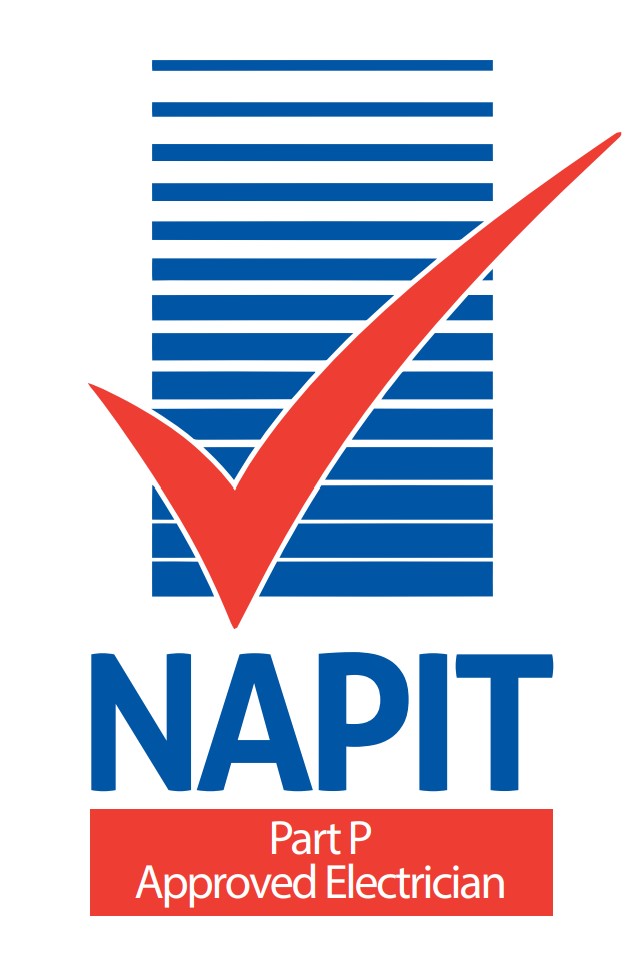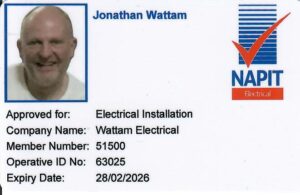Reports & Certificates
Minor Electrical Works Certificate (MEWC)
The Minor Electrical Works Certificate is intended to be used for additions and alterations to an installation that do not extend to the provision of a new circuit.
Examples include the addition of socket-outlets or lighting points to an existing circuit, the relocation of a light switch etc.
This Certificate may also be used for the replacement of equipment such as accessories or luminaires, but not for the replacement of distribution boards or similar items.
Appropriate inspection and testing, however, should always be carried out irrespective of the extent of the work undertaken.
Electrical Installation Certificate (EIC) –
The Electrical Installation Certificate is intended to be issued only for a new electrical installation or for new work associated with an addition or alteration to an existing installation.
It should not have been used for the inspection & testing of an existing electrical installation.
An ‘Electrical Installation Conditional Report’ (EICR) should be issued for such an inspection.
Domestic Visual Report
The Domestic Visual Report is designed for use where it has been ascertained that the electrical installation requires only a visual inspection. The visual inspection should consist of checks to ensure that:
> there is no broken or missing electrical equipment and accessories
> there is no access to live parts without the use of a key and/or tool
> there are no signs of burning at any of the electrical equipment
> protective main bonding is in place to incoming extraneous services
> the condition of the meter tails, consumer unit(s) and supplier’s equipment is satisfactory
This is not an exhaustive list of checks but should be done as a minimum.
Functional testing should also be undertaken on any installed RCD’s. It is also recommended that the consumer unit cover is removed after safe isolation for a visual check of connected circuit cables.
An example of where the visual report could be used is for a rented property where the tenants have recently changed and a recent (say within 2 years) Electrical Installation Certificate or Electrical Installation Condition Report (EICR – Periodic Inspection Report) exists and any recorded C1 and/or C2 codes have been rectified.
Should the visual inspection detect unsafe items the client should be informed and advised to have an EICR undertaken. Occasionally a visual inspection could be carried out before conducting an EICR to get a measure of the extent and limitations for that particular installation.
All operatives issuing visual reports will need to be deemed competent under the Electricity at Work Regulations (EWR, Regulation 16) and meet the definition of a competent person as stated in BS7671:2022.
Electrical Installation Conditional Report (EICR)
The purpose of the Electrical Installation Conditional Report is to confirm, so far as reasonably practicable, whether or not the electrical installation is in a satisfactory condition for continued service.
The report will identify any damage, deterioration, defects and/or conditions which may give rise to danger.
Portable Appliance Testing (PAT)
Portable Appliance Testing (PAT) is the term used to describe the examination of electrical appliances and equipment to ensure they are safe to use.
Most electrical safety defects can be found by visual examination but some types of defect can only be found by testing. However, it is essential to understand that visual examination is an essential part of the process because some types of electrical safety defect can’t be detected by testing alone.
A relatively brief user check (based upon simple training and perhaps assisted by the use of a brief checklist) can be a very useful part of any electrical maintenance regime. However, more formal visual inspection and testing by a competent person may also be required at appropriate intervals, depending upon the type of equipment and the environment in which it is used.

Inspection
Thorough evaluation of your electrical system to ensure safety and compliance with regulations.

Testing
Comprehensive testing of electrical installations to identify and rectify any issues efficiently.

Certification
Issuance of official electrical safety certificates following successful inspection and testing.



